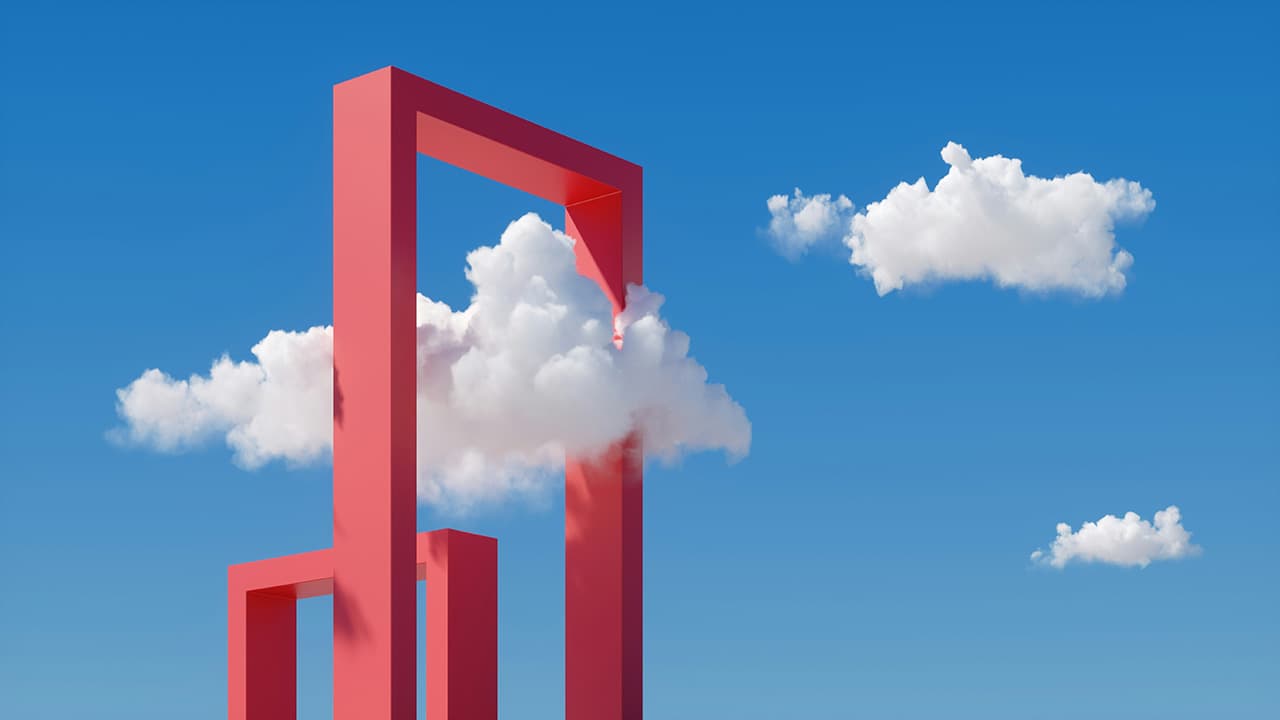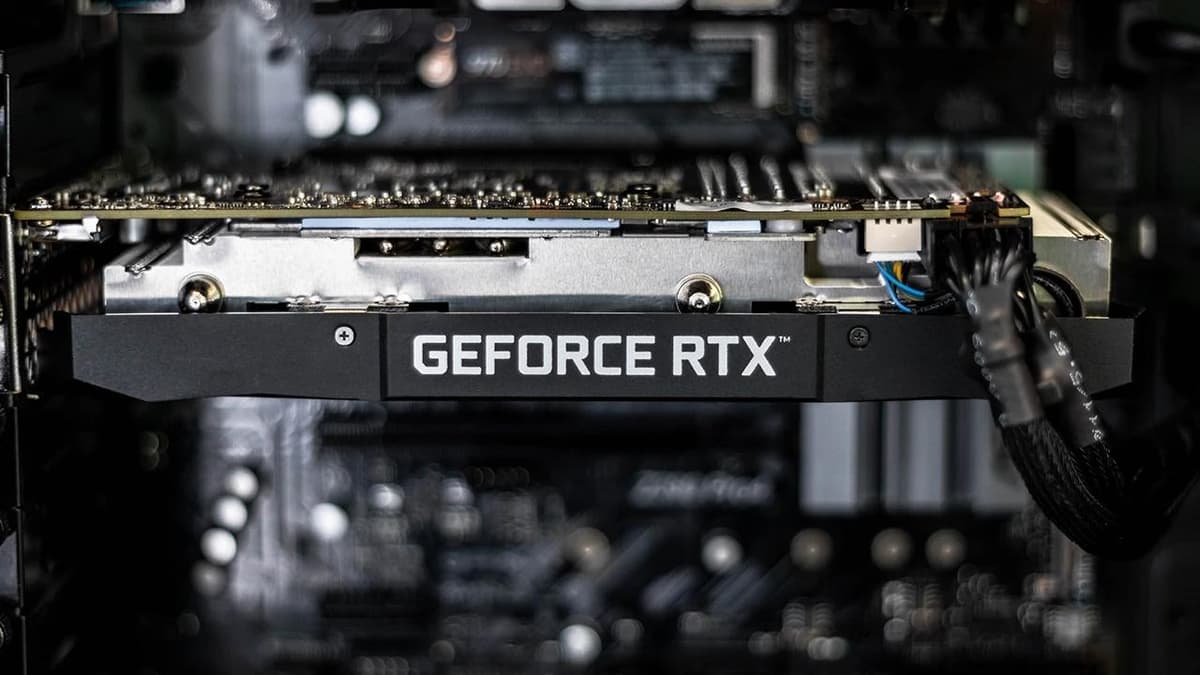When Do I Know That My Server Needs a Capacity Upgrade?
A reliable server is essential for any business or personal project. Your server stores data and manages network resources. It also handles traffic for your website, application, or service. You may wonder, "Does my server need a capacity upgrade?" Here are some signs that indicate it might be time for an upgrade.
Sluggish Performance
Is your server showing sluggish performance? If your website or application lags, pages load slowly, or users face delays, it's a sign to take action. Slow performance frustrates users and may drive them away.
Increased Traffic
Has your website or application gained popularity? As user numbers grow, your server faces more data requests. If you see consistent traffic growth, consider upgrading your server. This will help manage increasing user demands efficiently.
Frequent Downtime
Is your server experiencing frequent downtime? This can lead to lost revenue and harm your reputation. If downtime is a recurring issue, it indicates that your server capacity may not be sufficient.
Error Messages
Receiving error messages like "500 Internal Server Error" or "503 Service Unavailable"? These indicate that your server struggles to keep up with demand. If you see these messages, consider upgrading your server capacity to minimize errors.
Resource Monitoring
Are you monitoring your server's performance? Many modern servers come with tools to track CPU usage, memory consumption, disk activity, and network bandwidth. If your server consistently operates near maximum capacity, it's a sign that manual intervention is needed.
CPU Usage
Is your CPU frequently at 80%, 90%, or even 100% capacity? High CPU usage reduces headroom for additional tasks, leading to slowdowns and performance issues.
Memory (RAM) Usage
Is your server running low on RAM? Insufficient RAM forces your server to use disk space as virtual memory, which can slow processes down and create performance bottlenecks.
Disk Space and I/O
Are your server's hard drives nearly full? Limited storage affects data management and can create delays. Upgrading to faster storage or additional disk space can resolve these issues.
Network Bandwidth
Does your network bandwidth feel insufficient? Slow transfer rates can lead to lag and delays. Ensure your network can handle large uploads or downloads, especially for applications requiring real-time data streaming.
Scalability Limitations
Can your server scale as needed? If adding new features or supporting more users strains your current setup, an upgrade is necessary. This ensures your infrastructure can grow with your business.
Future-Proofing
What are your future needs? Upgrading only to meet current demands can lead to more issues later. Choose an upgrade that accommodates growth, allowing your server to handle increased demands over time.
Recognizing when to upgrade your server capacity is vital for a smooth, efficient online presence. Look for signs like sluggish performance, increased traffic, frequent downtime, and error messages. Monitor your server's resources and consider its scalability. Address these issues promptly to ensure your server meets user demands and supports your business success.












